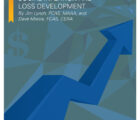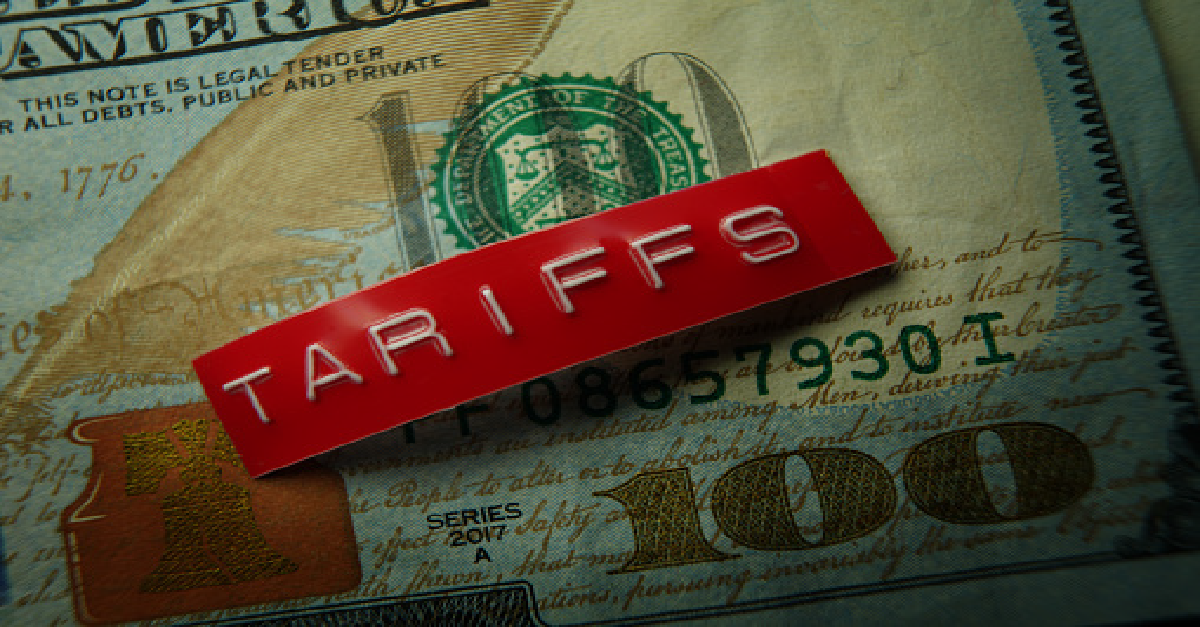 Beyond Infinity: An Expedition to the Outer Limits of Mathematics By Eugenia Cheng, Basic Books, 2017, 304 pp, $27.
Beyond Infinity: An Expedition to the Outer Limits of Mathematics By Eugenia Cheng, Basic Books, 2017, 304 pp, $27.
Eugenia Cheng has a Ph.D. in pure mathematics from the University of Cambridge. She’s an honorary fellow of pure mathematics at the University of Sheffield, and her main research interest is higher-dimensional category theory. Given all this, it may seem incongruous that she is currently teaching math to art students at the School of the Art Institute of Chicago. But her aim — in her books and her classroom — is to make mathematical concepts accessible and, as she puts it on her website, “to rid the world of math phobia.”
Hilbert’s Hotel is infinite in size and can accommodate an infinite number of new guests, infinitely many times. But there’s a “bigger” infinity, and it fits between the numbers 0 and 1.
In Beyond Infinity, she applies techniques from her Art Institute lectures, using analogies and diagrams to explain the complex concept of mathematical infinity in an engaging and understandable way. Those without a background in math will appreciate her gift of explanation, as will those of us who only remember bits and pieces from our college classes in set theory. In the first half of the book, Cheng defines infinity, and in the second half, she explores its applications.
Cheng introduces Hilbert’s Hotel, based on a thought experiment proposed by German mathematician David Hilbert in a 1924 lecture. Hilbert’s Hotel has an infinite number of rooms, with the room numbers coming from the set of natural numbers. There’s a room 1, a room 2, a room 3, and so on. It’s fully occupied, yet there’s always room for one more guest: When someone new shows up, the hotel manager can move the guest in room 1 to room 2, the guest in room 2 to room 3, the guest in room n to room n+1, and give room 1 to the newly arrived guest. Since the number of rooms is infinite, each n has an n+1, and every guest will still have a room. In fact, there’s space for an infinite number of new guests: If the current guests all double their room number (that is, the guest in room 1 moves to room 2, the guest in room 2 moves to room 4, and the guest in room n moves to room 2n), this leaves all the odd-numbered rooms for the new guests. Beyond showing that an infinite number of new guests can always be accommodated in the fully occupied hotel, this also shows that the set of even numbers has the same size, or cardinality, as the set of natural numbers. Formally, if there exists a bijective function between two sets (for example, mapping room n in the set of natural numbers to room 2n in the set of even numbers), then the two sets have equal cardinality.
Hilbert’s Hotel is infinite in size and can accommodate an infinite number of new guests, infinitely many times. But there’s a “bigger” infinity, and it fits between the numbers 0 and 1. To explain this, Cheng uses a proof by contradiction, combining elements of Hilbert’s Hotel and Georg Cantor’s diagonal argument.
First, she loosely defines the real numbers as numbers with a decimal representation whose digits are allowed to go on forever, repeating or not repeating. This includes rational numbers like 0.64 and irrational numbers like the square root of 2.
Then, suppose there’s a Hilbert’s Real Hotel with all the real numbers between 0 and 1 as the room numbers. There’s a room 0.01049…, a room 0.59935…, a room 0.62963…, and so on. Suppose the hotel manager found a way to move all of these guests into the Hilbert’s Hotel introduced above, whose room numbers come from the set of natural numbers. That is, suppose the manager discovered a bijective mapping between the room numbers in the real hotel and the room numbers in the natural hotel. Cantor’s diagonal argument shows that we can always build a real number that didn’t get mapped to the set of natural numbers. This means there’s not a bijection between the natural numbers and the real numbers, and the set of real numbers has greater cardinality than the set of natural numbers.

The proof goes like this: Go to room 1 in Hilbert’s Hotel of natural numbers, and ask that guest what his room number was in Hilbert’s Real Hotel. Add a 1 to the number in the first decimal place of this real number. Use this as the first decimal place of our new real number. (If the number in the first decimal place was a 9, put a 0 in the first decimal place of our new number.) Then go to room 2, and ask that guest what his room number was in Hilbert’s Real Hotel. Add a 1 to the number in the second decimal place of this real number. Use this as the second decimal place of our new real number. The example below shows the creation of the first five decimal places of the new real number.
Cheng’s book engenders a sense of appreciation for the creativity needed to tackle big ideas in mathematics.
Once we continue this process throughout the entire Hilbert’s Hotel of natural numbers, we’ve created a real number between 0 and 1 that didn’t get mapped to this hotel. In other words, we’ve found a guest in the real number hotel who didn’t get moved to the natural number hotel. He didn’t get moved to room 1, because the first decimal place of his real number differs from the first decimal place of the guest in room 1. He didn’t get moved to room 2, because the second decimal place of his real number differs from the second decimal place of the guest in room 2. This contradicts the hotel manager’s claim that he mapped every guest in the real number hotel to a room in the natural number hotel.
We confined ourselves to a tiny part of the real number line — the space between 0 and 1 — and still found that there are more numbers here than in the entire set of natural numbers. Our common notions of counting and set sizes break down at the edge of infinity.
Cheng uses analogies involving iPod shuffles, packing for vacation, rolling out puff pastry (her other popular math book is titled How to Bake Pi) and other everyday examples to make concepts clear. This approach is reasonable given the book’s intended broad readership. There are a few places where math-minded readers might find greater clarity in formulas and definitions than in analogies. I found it easier to spend a few minutes on Wikipedia reminding myself what a bijective function was than to work through Cheng’s Dancing with the Stars example that entailed matching celebrities to dance professionals. But that’s a minor observation and likely won’t resonate with much of Cheng’s intended audience.
Cheng’s book engenders a sense of appreciation for the creativity needed to tackle big ideas in mathematics. Beyond Infinity takes us on an entertaining and highly readable tour of one of the subject’s most elusive and awe-inspiring concepts.
Julie Lederer, FCAS, MAAA, works for the Missouri Department of Insurance, Financial Institutions & Professional Registration.













